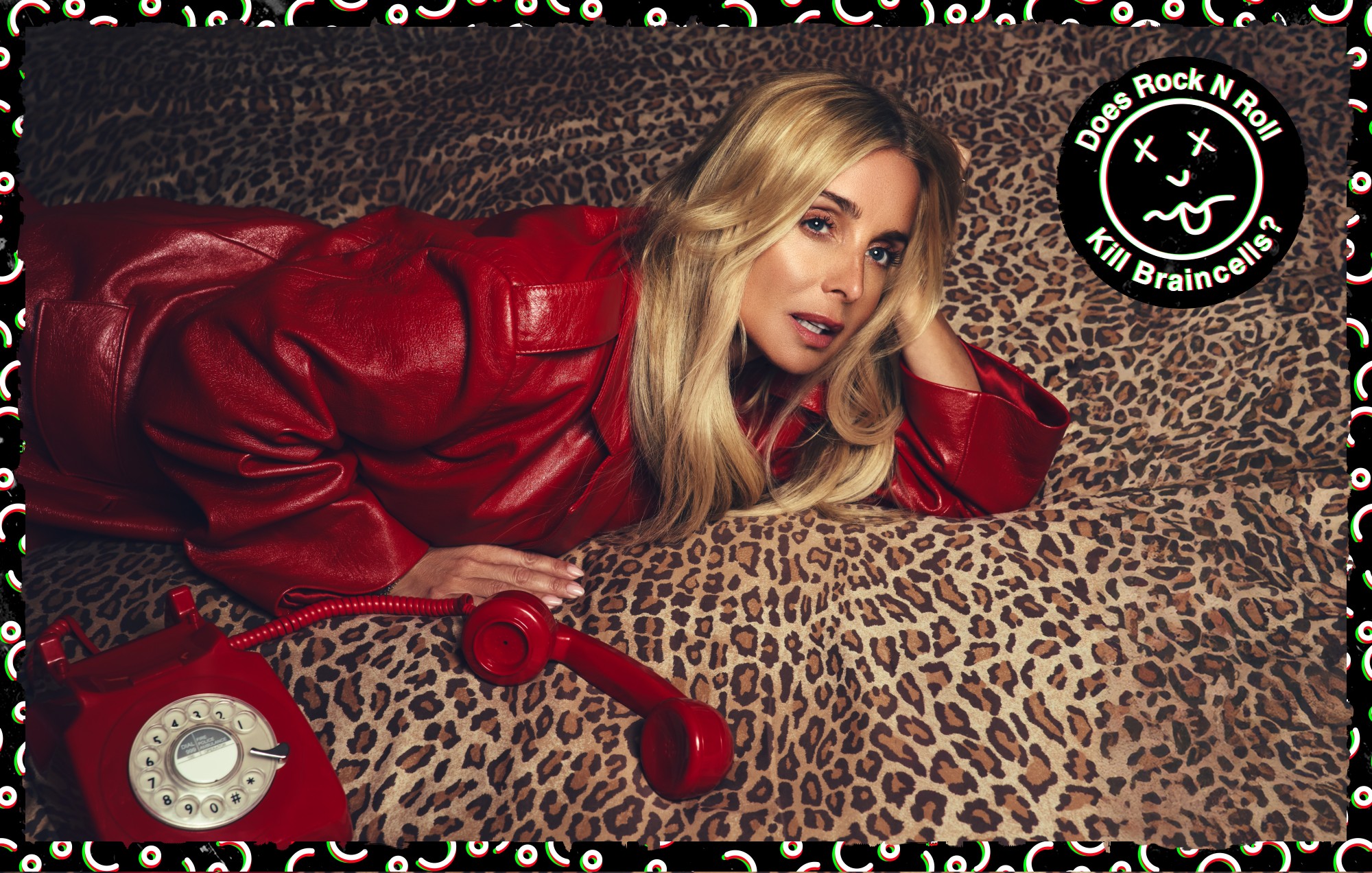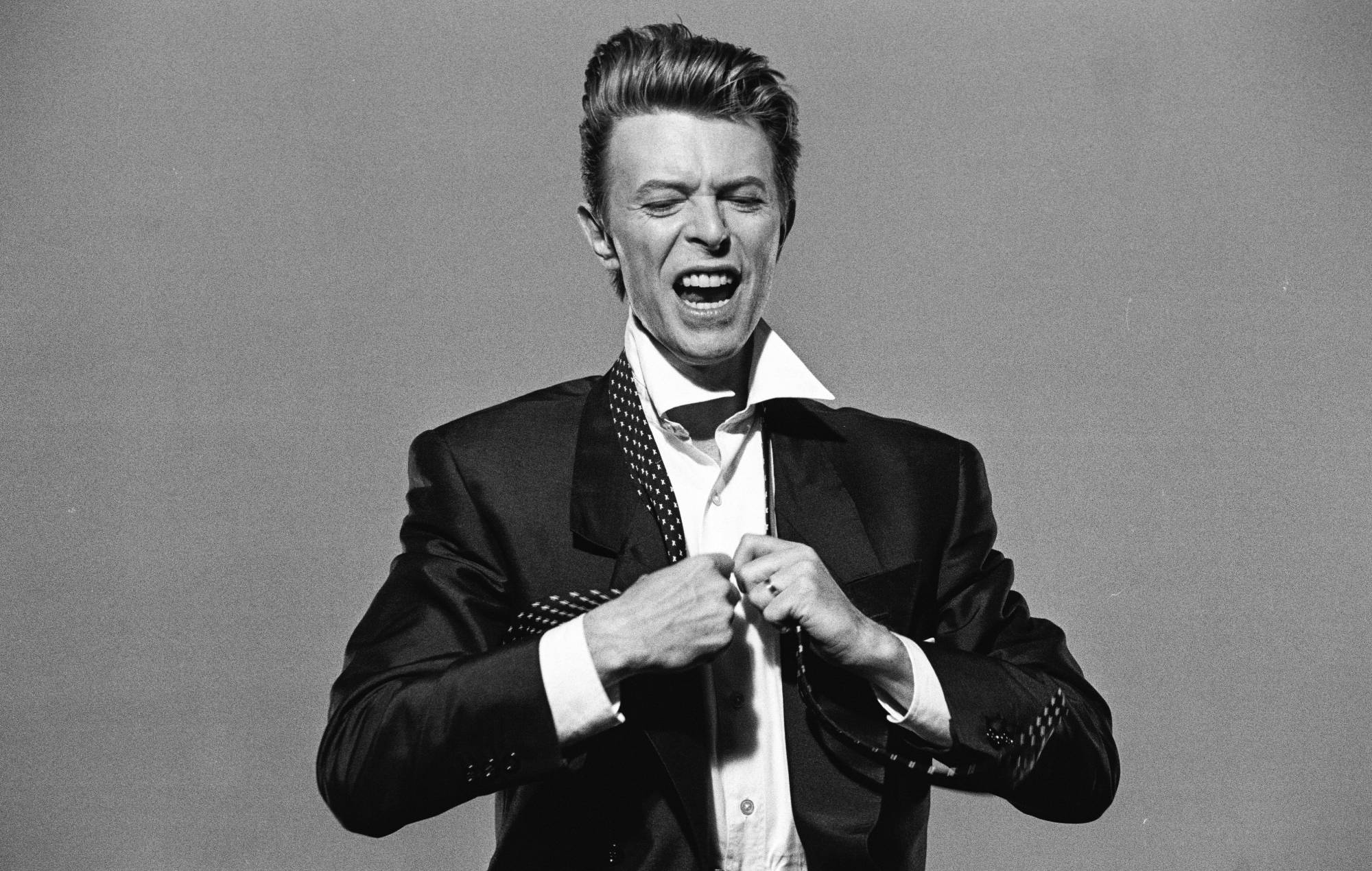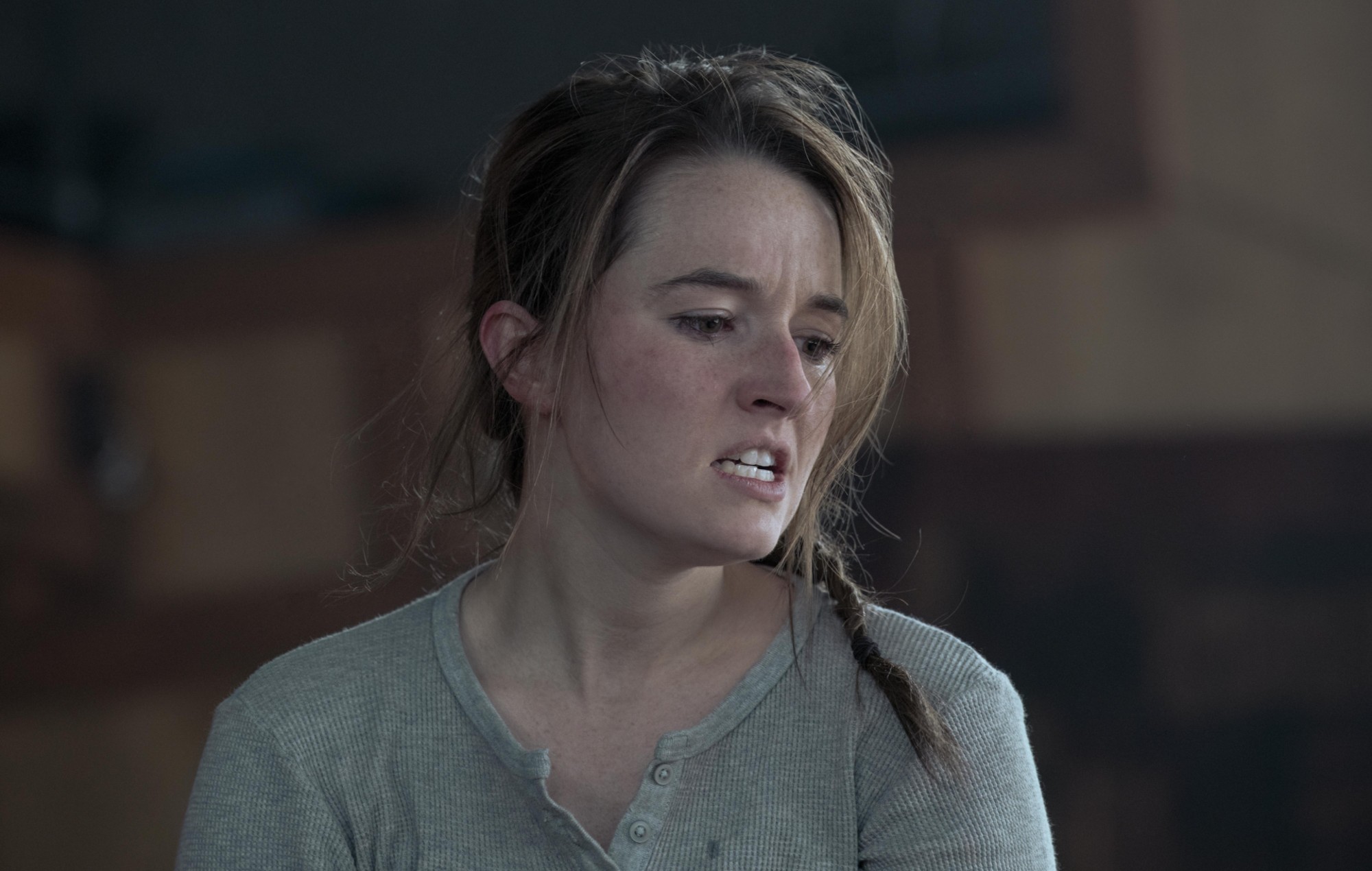If there’s one producer who’s able to take the sunlit energy of a dancefloor and poured it straight into his top-quality productions, it’s Niccolò Terranova.
You might know him as Justnique, conjuring up jazz-tipped beats that bubble beneath an effortlessly cool surface. But now, under the new moniker Flying Moth, Terranova is opening a new chapter: one that feels both intimate and ambitious.
His latest and second EP, “Tide,” out now on Soul Quest, is a masterstroke of soul-infused dance music, blending radiant chord work, dynamic percussion, and melodies that pull you into deep daydreams. It’s a body of work that doesn’t just aim to move feet, but to connect traditional house music with experimental production techniques. It’s music for both bright days and warm nights, filled with both groove and grace. It’s at once new and familiar, with some of the most dance-ready tracks we’ve heard in quite some time. We particularly love “Please Keep Drinking With Me,” with its nostalgic electric piano, melodic vocal shouts, and a solo that’s so creatively produced that we’re not quite sure what instrument it was played on – it could be a saxophone, it could be a synth, or it could be both.
Flying Moth as a project reveals Terranova’s nuanced approach to electronic music: a melange of jazz, house, and soul woven into sonic narratives that are deeply personal and utterly captivating. As “Tide” makes its way into the world, we sat down with the man himself to chat about his inspirations, his creative process, and what’s up next. Its a great interview; so throw on “Tide” and start reading!
Hi Flying Moth, great to meet you! What’s happening in your world at the minute?
I’m always looking for new musical inspiration, whether it’s by listening to the latest releases or discovering tracks from the past. What matters most is finding something that can truly serve the creative and compositional process.
Congratulations on releasing “Tide EP” on Soul Quest Records. Talk us through the release.
The EP “Tide” was created with the intention of exploring and revisiting different timbral and compositional styles. For example, tracks like “Take You Higher” and “Bobby’s Here” draw a lot of inspiration from the aesthetic of producers like Retromigration and Frits Wentink. The latter track, in fact, is somewhat of a tribute to the releases on Frits’ label.
Retromigration is an artist who’s currently having a strong influence on my approach to deep house. I really admire his ability to drive movement within a track through the use of samples, vocal chops, and percussive fills. Frits, on the other hand, is a true pioneer of the genre for me—he’s essentially crafted a highly distinctive timbral aesthetic that continues to inspire my work.
How did the collaboration with the label come about?
It was Mark (KingCrowney) who first mentioned the label to me. He said he’d be genuinely excited if I became part of it. We actually met in Bali by chance, as we both happened to be in Asia around the same time last summer. Later on, I had the chance to meet Max Sinal in London, and over a good English beer, we connected on various topics. We talked about the idea of collaboration, something that felt natural and aligned with our shared goal of creating strong synergy and great music.
Where did you grow up, and how did your environment shape your relationship with music?
I honestly hate to say it, but musically, the environment I live in hasn’t been helpful at all. I’d say I’m one of those artists who uses music as a form of “escape,” precisely because Milan isn’t a stimulating city from an artistic point of view.
Everyone seems more focused on building their own event, networking, and managing PR rather than valuing the musical foundation, which is essential if you want to build a scene with a strong and coherent identity. Most of the lineups in Milan are made up of DJs who don’t have any real production work behind them and are included mainly because they’re good at handling the social side of things.
In my creative process, I’ve always imagined worlds and realities beyond Italy. When I’m composing, my mind naturally drifts toward international influences, both sonically and conceptually. It’s almost as if I’m searching for a sense of artistic belonging that I haven’t quite found in my immediate surroundings.
Can you share some insight into your creative process when producing music? Do you have any particular rituals or methods that help you stay inspired?
Lately, I’ve been enjoying starting my tracks by laying down drums and percussion first—usually stretched out over 8 to 16 bars. This helps me understand early on how to keep the loop from feeling too repetitive, whether it’s by adding groove variations, tweaking individual percussion elements, or layering in different fills.
Once the rhythmic foundation is set, I move on to the harmonic part, and I almost always begin with an electric piano as my starting instrument.
The next phase is always the most exciting and creatively stimulating for me—it’s where I become fully focused. What does the track need now? Vocal samples? Additional synths? How can I give the bass more groove? It’s that stage of questioning and experimenting that really drives my process forward.
I absolutely need to have a coffee before I start doing anything in the studio. It’s like a ritual and without it, I just can’t get into the right mindset to create.
Can you describe the connection between your music and your Italian roots, and how they continue to influence your music today?
I don’t have many direct influences from Italian music, but I do occasionally listen to legendary figures like Ennio Morricone, Nora Orlandi, and Piero Umiliani. From them, I draw inspiration, especially when it comes to harmonic writing. There’s a certain depth and cinematic quality in their compositions that I find incredibly compelling and creatively useful, even in the context of electronic music.
As someone deeply rooted in the House scene, what state is it in right now? What notable artists are emerging?
A few years ago, there was definitely more attention given to the compositional process, partly because we had fewer production tools at our disposal. Paradoxically, having limited digital resources made producers more curious and eager to collaborate with musicians, leading to genre-blending that was not only creatively rich but also effective for both listening and the dancefloor.
That said, there are still incredibly talented artists out there today. I’d definitely like to mention names like Streeton, Mitch Von Arx, and my fellow Italian Xl Regular—they’re all doing inspiring work and really pushing things forward in their own way.
What’s been the highlight of your career so far?
As an emerging artist, there’s always that lingering feeling of still being too much in the shadows. But I’ve had a few moments that really gave me a sense of encouragement. One of the most special was hearing one of my tracks played on Radio France—one of the country’s main national stations—thanks to Laurent Garnier, who personally reached out to the label to request the track for broadcast as part of the “FIP” segment.
I’ve also found myself in clubs where my music was being played and danced to, and that was both incredibly satisfying and honestly, a bit emotional.
Another thing I truly appreciated was being selected by an artist of James Curd’s caliber to remix one of his tracks. What made it even more exciting was being part of the release alongside my favorite house music duo—Fouk. It felt surreal to contribute to a project featuring artists I deeply admire, and it was definitely one of those moments that reminded me why I do what I do.
If you could play B2B with any DJ, who would it be and why?
In a B2B set, one of the most rewarding things is sharing your own “hidden gems” with the other DJ—those rare finds that tell a bit of your musical story.
I’d love to play alongside someone like Danilo Plessow. He’s such a refined selector, and I imagine we could discover a lot of amazing ’70s disco and house records together—digging and learning from each other throughout the set.
That said, I’d also really love to play with the guys from Soul Quest. I’m pretty sure we’d have an incredible time—great vibes, lots of fun, and a shared energy that would translate perfectly to the crowd.
When you are not busy with music, what might we find you doing?
In my free time, I like to stay active—I train and go for runs regularly. It helps me clear my mind and reset. I also really enjoy spending time with friends and having conversations about pretty much anything. Whether it’s music, life, or completely random topics, I value those moments of connection just as much as time in the studio.
Finally, what do you have coming up in the next few months? Feel free to mention anything!
No spoilers—but in the coming months, I’ve got a release lined up with Soul Quest, where I had the chance to be selected as the remixer for a truly beautiful track.
On top of that, I’m also finished two new EPs—one rooted in deep house, and the other exploring broken beat. Really excited to share more when the time is right!
Stream “Tide” here!
The post Flying Moth Speaks on his Creative Process & Inspirations To Celebrate his Newest EP “Tide” appeared first on Magnetic Magazine.



